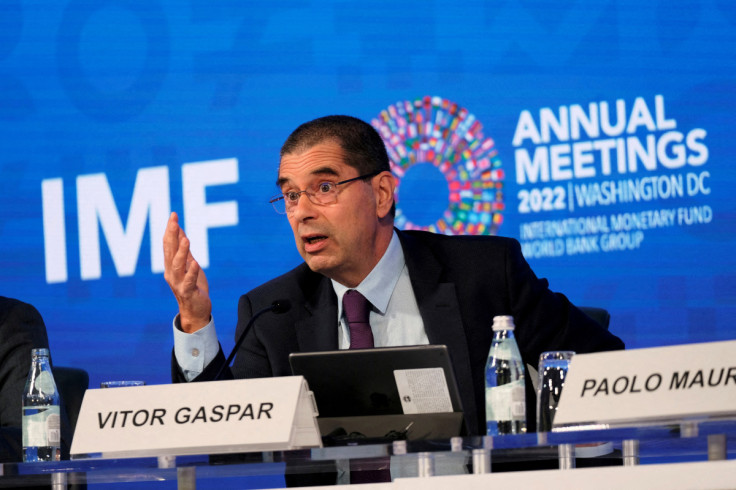IMF Says Global Debt Well Above Pre-pandemic Levels Despite Steep 2021 Drop

Global public and private debt saw its biggest drop in 70 years in 2021 after reaching record highs because of the impacts of COVID-19, but overall remained well above pre-pandemic levels, the International Monetary Fund said on Monday.
In a blog released with its inaugural Global Debt Monitor, the IMF said total public and private debt decreased by 10 percentage points to 247% of global gross domestic product in 2021 from its peak of 257% in 2020. That compares to around 195% of GDP in 2007, before the global financial crisis.
In dollar terms, global debt continued to rise, although at a much slower rate, reaching a record $235 trillion last year.
The global lender said private debt, which includes non-financial corporate and household obligations, drove the overall reduction, decreasing by 6 percentage points to 153% of GDP, citing data for 190 countries.
The drop of 4 percentage points for public debt, to 96 percent of GDP, was the largest such drop in decades, it said.
The unusually large swings in debt ratios - or "global debt rollercoaster" - were caused by the economic rebound from COVID-19 and the ensuring swift rise in inflation, the IMF said.
REPAYMENT CONCERNS
Debt dynamics varied widely across country groups. Advanced economies saw the biggest drop in debt, with both public and private debt dropping 5% of GDP last year, followed by similar results in emerging markets, excluding China.
But low-income countries saw their total debt ratios continue to increase in 2021, driven by higher private debt, with total debt reaching 88% of GDP.
There are growing concerns about the ability of low- and middle-income countries to repay their debts, with an estimated 25% of emerging market countries and over 60% of low-income countries either in or near debt distress.
IMF fiscal affairs chief Vitor Gaspar and two other senior IMF economists said in a blog also released on Monday that it would become increasingly difficult to manage the high levels of debt if the economic outlook continued to deteriorate and borrowing costs rose further.
High inflation levels continued to help reduce debt ratios in 2022, but spending will increase if inflation becomes persistent, which could lead to higher premiums.
They said governments should pursue fiscal policies that help reduced inflationary pressures now and debt vulnerabilities over the long term, while continuing to support the most vulnerable.
"In times of turbulence and turmoil, confidence in long-run stability is a precious asset," they said.
© Copyright Thomson Reuters 2024. All rights reserved.




















